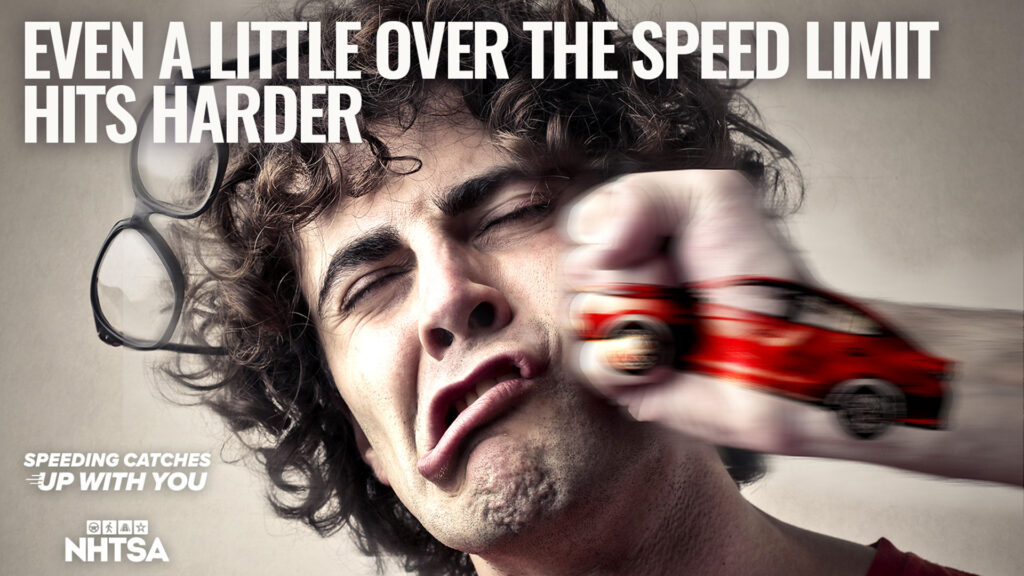Speed Limits: A New Approach to Road Safety
If you’ve ever found yourself on a road where the speed limit seems too low or unexpectedly high, you’re not alone. For decades, many states have relied on a single formula to determine the permitted speed of travel.
Now, after years of accidents, numerous dangerous situations, and countless complaints, some states are rethinking their strategy. Even the NHTSA has joined calls to slow traffic. However, in all these debates, one important detail might go unnoticed.
The Speed Formula
At the heart of it all lies a formula known as the 85th percentile rule, which assumes that the safest speed on a road is the one that most drivers choose naturally. Engineers study free-flowing traffic, determine the speed at or below which 85 percent of vehicles are traveling, and round it to the nearest five miles per hour. This approach has governed speed limits for decades, but critics argue it is outdated and dangerous.
Safety advocates argue that the rule creates a self-reinforcing cycle: people drive faster, the limit is raised accordingly, and roads become more dangerous. This affects everyone, including pedestrians, cyclists, and even the drivers themselves.
Changes in Federal Guidelines
The federal government recently clarified that the 85th percentile figure was never meant to be a rule, encouraging states to consider other factors such as crash data, land use, and pedestrian activity.
Some cities have already made changes. Madison, Wisconsin, is implementing a “20 is Plenty” campaign, which lowers the limit from 25 mph to 20 in many residential areas. Seattle saw a reduction in serious injuries after lowering limits in areas to 20 mph. Ohio now allows municipalities to consider the slower 50th percentile speed in areas with active pedestrian activity. Of course, the system doesn’t seem to work everywhere. In Boulder, Colorado, authorities claim it had little impact on reducing speeds.
Why the Old Rule Persists
Perhaps this is why many states stick to the simplicity of the old system. They are supported by driver advocates who argue that speed limits should reflect how roads are actually built for travel. Jay Bieber of the National Motorists Association notes:
It doesn’t matter what number you put on the sign. The average driver is guided by the nature of the road.
This is an important point. Street design itself often dictates behavior much more than the posted number. Wide lanes, smooth curves, and long sight lines encourage higher speed, regardless of whether the sign says 35 or 55. Bieber adds:
It would be blatantly unfair if the government built a road to encourage people to drive 45 mph, set a speed limit of 30 mph, and then fined everyone for doing what they built the road for.
Conversely, narrow lanes, sharper turns, or visible pedestrian activity naturally slow drivers down. If states want safer roads, rethinking how streets are built is likely far more important than how speed limits are set.
These changes in road safety approaches reflect a deeper understanding that technical standards must adapt to real-world conditions. Implementing context-oriented solutions can not only reduce the number of accidents but also improve the quality of life in cities, making them more pedestrian and cyclist-friendly. The experience of cities like Seattle shows that even small changes can have a significant positive effect.


 by
by 
